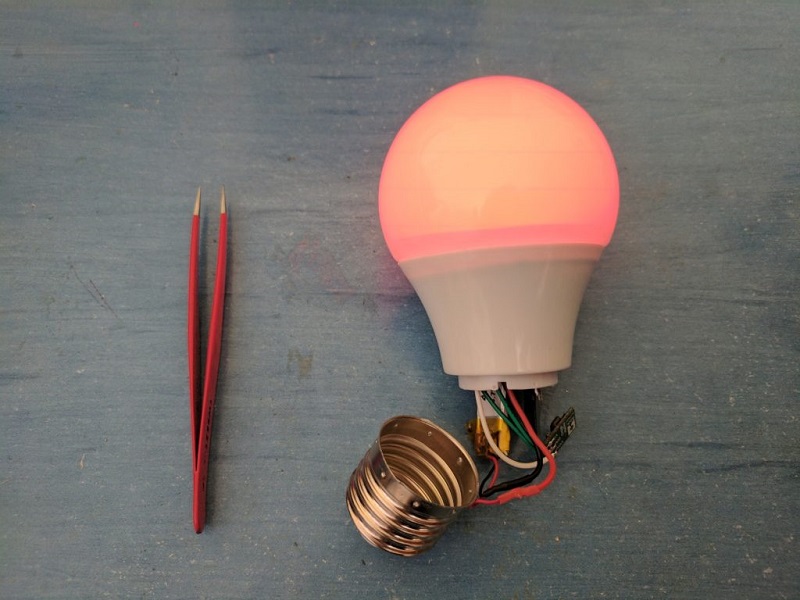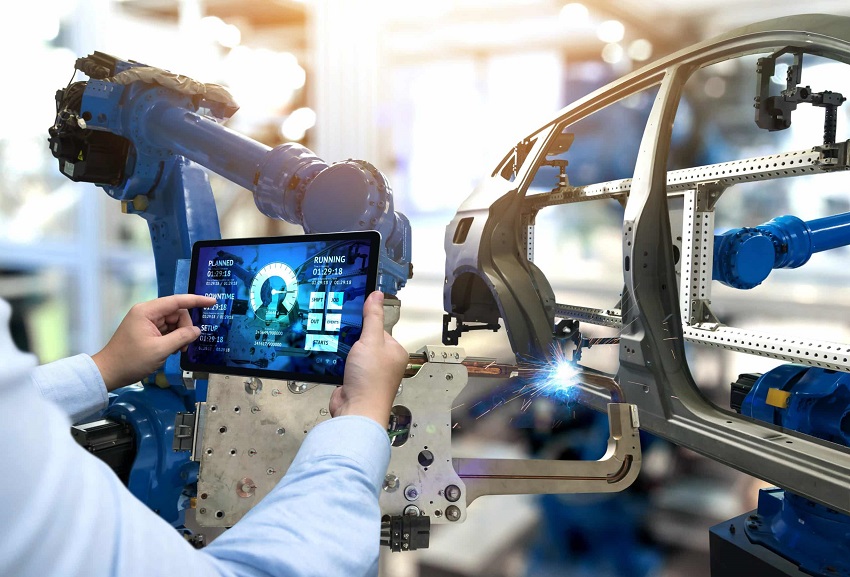One of the technological advances with the most potential in recent years is the so-called Internet of Things. The possibility of connecting all kinds of objects to the network and creating connections between them that optimize our time is a field that is still developing. The creativity of programmers plays a key role in shaping our nearest future.
Although there is still much to be invented, the Internet of Things is beginning to creep into our lives. It is already much more present in our day-to-day, although we may not even consider it.
Just as a few years ago we were unable to predict the role that smartphones would play, we cannot foresee the impact that connectivity between devices will have on our lives. Wouldn’t it be great to have IoT in our companies and in our lives?
Let’s go with some examples of inanimate objects connected to the network that is already present in our routines:
- Smart refrigerators, which can notify you when a product is running out (and even do the shopping for you).
- Smart TVs, which allow us to access the content we want in streaming, without having to download them.
- On-board computers in cars, a technology that is already present in almost all new models. Vehicles that allow you to relate in a different way with your environment, that make a multitude of objects that were previously essential for traveling obsolete: maps, CDs, and cassettes … We are already beginning to see cars that also drive themselves. We will see a lot of progress in this area in the years to come!
- Smartwatches, whose possibilities are endless. From reading an email to keeping aspects related to our health care at bay, smartwatches become small computers that permanently connect us with our environment.
- Connected homes, which already allow aspects such as room temperature, lights, and home security to be configured from a wireless device.
- The industrial Internet, in which intelligent machines interact with each other by exchanging data. Not only are they faster than human-to-human communication, but they are also much more accurate and stable. Sensors, software, and Big Data are already used to improve all kinds of industrial projects.
What will we see in the future? Smart cities, more agile management, long processes that will be carried out in a matter of seconds … Tomorrow is still to be invented, and in decode. We are excited about the idea of being part of the change.




